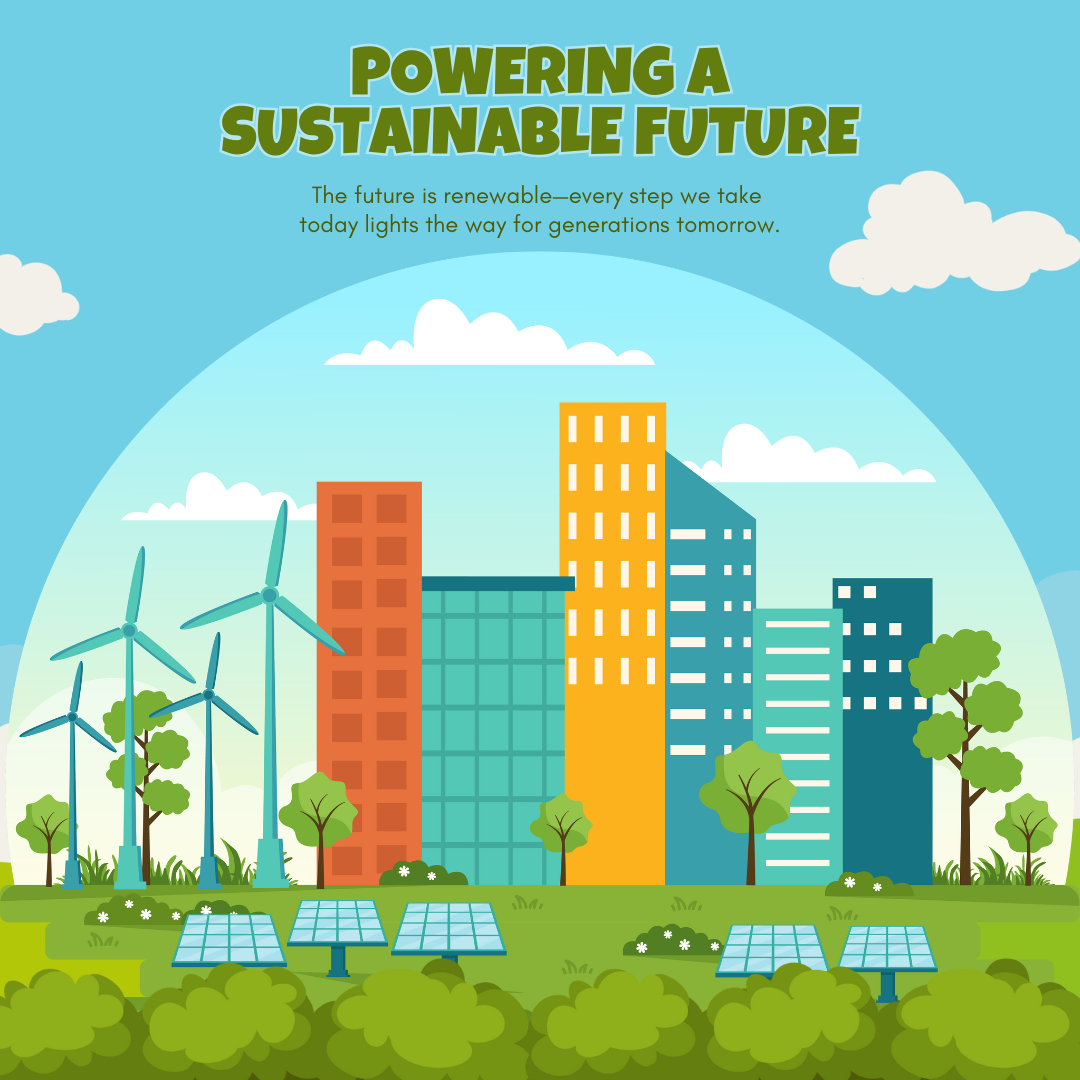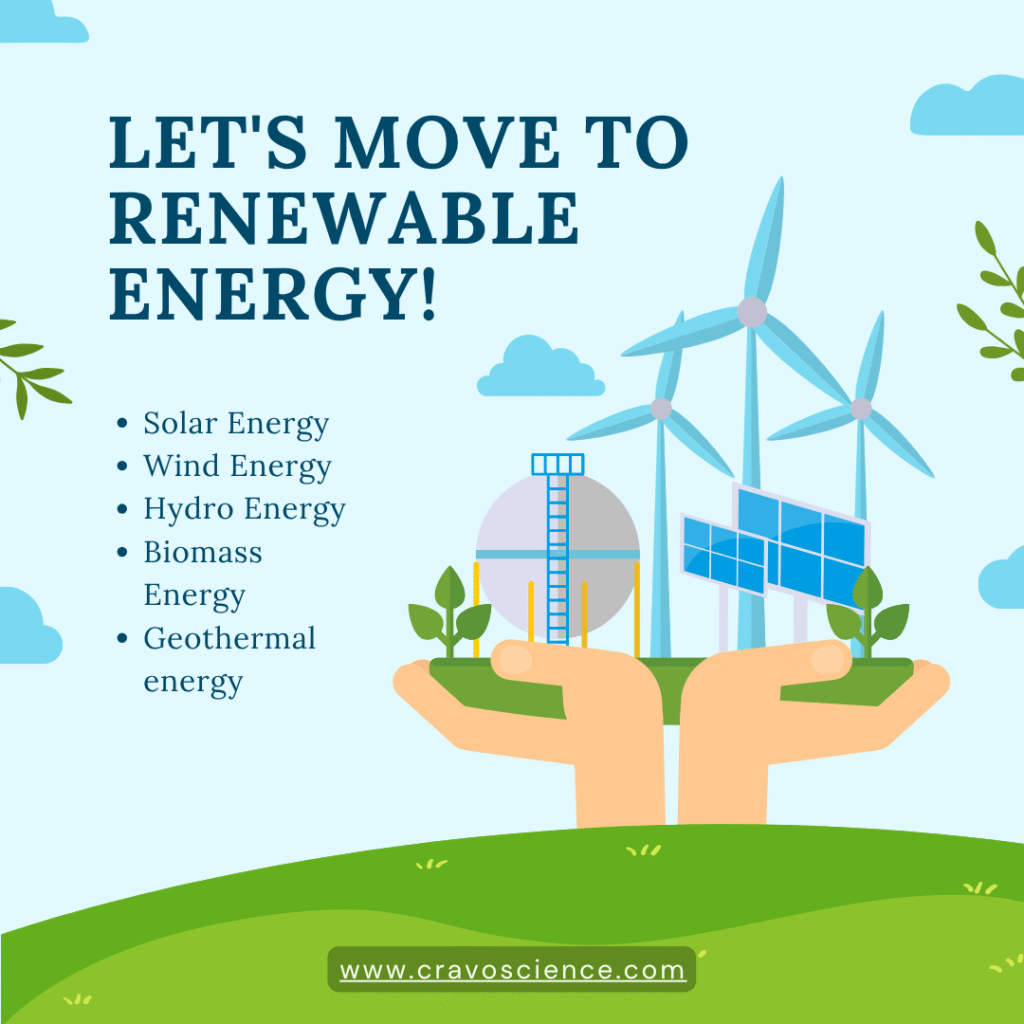
Renewables Now: Building a Resilient and Sustainable Future
Introduction
Renewable energy is no longer a choice. It has become a necessity. With global energy demands rising fossil fuels are falling short. Not only are they harmful but they are also unsustainable. So how can renewable energy adoption be sped up to meet this demand? Let’s explore the key strategies.
1. Government Policies Must Lead the Way
To begin with supportive government policies are crucial. Incentives must be offered. Taxes on fossil fuels should be increased. At the same time, there must be expansion of subsidies for solar and wind.
Regulations should also favor clean energy projects. In many places red tape slows down installations. Government must remove these hurdles. When policies support clean power adoption naturally rises.
Moreover, there must be creation of long-term national plans. These should focus on grid modernization, clean energy targets and funding for innovation. Many successful countries have done just that.
2. Public Awareness and Education Are Vital
Many people still lack awareness. Myths about renewables continue to circulate. Some believe solar is too costly. Others think wind energy is unreliable. These ideas must be challenged.
Educational campaigns should be launched. Schools can play a big role. So can digital media. The public must be made aware of the environmental and economic benefits.
Informed citizens are more likely to demand clean energy. They are also more open to installing solar panels or switching to green providers.
3. Innovation and Technology Must Be Encouraged
Faster adoption depends on better technology. While solar panels have improved storage still needs work. Batteries must become cheaper and last longer. This is where innovation steps in.
Governments and private firms must invest in research. New solutions must be developed. Smart grids, efficient storage and AI-driven energy systems should be encouraged.
In many countries pilot programs are already underway. These projects must be expanded. Once proven they should be implemented nationwide.

4. Private Sector Involvement Is a Game-Changer
The private sector has immense power. With the right incentives it can drive rapid change. Corporations are major energy consumers. By switching to renewables, they can make a huge impact.
Green certifications and tax breaks should be given. Clean energy bonds can also be promoted. This encourages businesses to invest in solar plants and wind farms.
Additionally, tech giants and manufacturing firms must be held accountable. Public pressure can push them to go green. When big companies act smaller ones follow.
5. Finance and Accessibility Are Key
Cost remains a major barrier. Not everyone can afford solar panels or EVs. This is where innovative financing models are needed.
Micro-loans, lease-to-own systems and pay-as-you-go plans should be promoted. Governments can partner with banks to offer low-interest loans. These models have worked well in countries like India and Kenya.
Also, infrastructure must be improved. In remote areas access to clean energy is still limited. Off-grid solutions like solar home systems should be widely distributed.
6. Infrastructure Development Must Be Prioritized
Without strong infrastructure managing renewable energy on a large scale is impossible. Unfortunately, many grids are outdated. They were designed for fossil fuel plants not variable sources like wind and solar.
Smart grids offer a solution. These can manage supply and demand efficiently. They also support two-way energy flows. It enables solar-powered homes to give back unused energy to support the grid.
Furthermore, energy storage systems must be built. Without them power can be lost when the sun isn’t shining or the wind isn’t blowing.
7. International Collaboration Should Be Strengthened
Climate change and energy security are global issues. Therefore, countries must work together. Technology sharing, joint projects and funding support are needed.
Developed nations should help developing ones. Green technology can be shared. Infrastructure funding can be provided. Knowledge exchange can happen through global forums.
Organizations like the International Renewable Energy Agency (IRENA) already promote such efforts. But more must be done.
8. Community Projects Can Create Local Impact
Community-based renewable energy projects are highly effective. Local ownership builds trust. It also encourages participation.
Villages and towns can manage their own microgrids. Solar farms can be co-owned by residents. This model not only increases adoption but also creates jobs.
In Germany community wind projects have been very successful. Other countries should follow this model.
9. Policy Consistency and Political Will Are Needed
One of the biggest obstacles is inconsistency. When political power shifts clean energy plans often change. This causes uncertainty for investors and developers.
What is needed is bipartisan support. Long-term commitment is crucial. Without it progress will always be slow.
The political will to act must be strengthened. Climate change should not be treated as a party issue. It is a human issue.
Conclusion
Meeting growing energy demands with renewable energy is possible. However, action must be swift and strategic. Change begins when governments lead, businesses innovate and individuals take action.
With the right policies, awareness, technology and investment the shift can happen. Energy can be made clean, accessible and sustainable. Now is the moment to act—before the chance slips away.

Leave a Reply